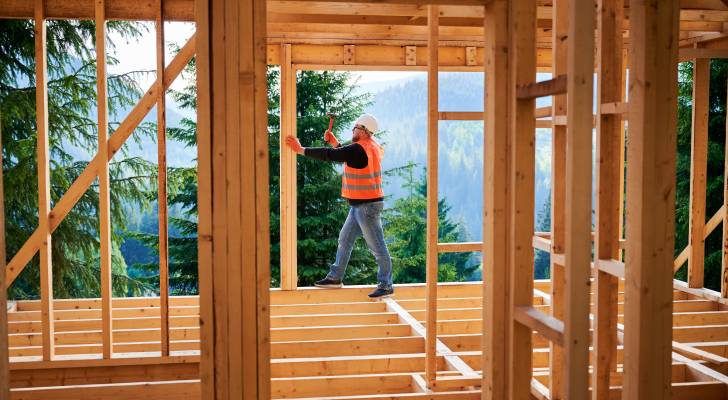Flight delays and airport security remain Canadians’ biggest travel headaches, but they don’t stop them from traveling in the winter

While getting to your destination can be exciting, the actual act of flying is often more draining than anything. According to Skyscanner’s latest survey, Canadians say that flight delays and long lines at airport security are the worst aspects of air travel for Canadians, landing at 57% and 46%, respectively. Rounding out the top three […]
More Canadians are taking advantage of FHSA — over 50% planning to use it to help purchase their first home

There are many types of useful savings accounts out there, but not every one has their exact purpose right there in the name, like the First Home Savings Account (FHSA). BMO’s 15th annual Investment Survey reveals 56% of potential first-time homebuyers are planning to use the FHSA to help purchase their first home, slightly up […]
The best loans for immigrants in Canada: From peer to peer lending to government programs

Despite recent changes to immigration policy, Canada is still a welcoming place for new immigrants: Whether it’s the well-known mosaic metaphor or incentives for skilled labour. Settling into a new life in Canada can be stressful. Besides the drive for citizenship, there’s also new, and sometimes unexpected, financial pressures. Building good credit is one of […]
Is peer to peer lending in Canada the way to go? Here’s what to watch out for

Whether it’s for home, business, or personal reasons, most Canadians will take out a loan during their lifetime. But traditional loans aren’t the only option for Canadians trying to achieve their dreams. Borrowers who don’t qualify for traditional loans can use peer to peer services to get money together or consolidate loans. Meanwhile, investors with […]
Best Mastercard Casinos Canada – Top CA Casinos Accepting Mastercard
Lauren Lister, writer, NewsDirect.com | Fact Checked By: Sarah Lunness, NewsDirect.com Mastercard is a well-known payment method that was established in 1966 and is used by many casino players around the globe. If you are looking for the best Mastercard Casino sites, then you have come to the right page. This article covers everything you […]
Can I invest in private real estate lending? While it can result in good returns, here is what you should be mindful of before starting

If you’re looking for an investment vehicle that generates solid short-term returns without the volatility of growth stocks, private lending may be for you. Becoming a private lender is not as complex as it might seem. All you really need is a comfortable amount of underutilized capital, a risk tolerance higher than zero and access […]
Canadian workers at high mental health risk reaches new peak, surpassing early COVID numbers — So, what’s the cause of so much stress?

Whether you’re struggling to keep up with the high cost of living, feeling burnt out at work or dealing with other internal pressures, the sting of mental exhaustion for working Canadians is reaching perplexing new heights. In fact, TELUS’ Mental Health Index report shows mental health challenges intensifying across all sectors and regions. Specifically, it […]
Ontario home builder must repay $1.1M to more than 100 homebuyers amid price-escalation scandal

Buying a home should be a happy milestone, but for more than 100 families in Richmond Hill, Ontario, the decision almost became a financial nightmare. Based on a recent legal decision, an Ontario builder must refund more than $1.1 million in funds to 110 new construction homebuyers. Considered a hard-fought win amid a turbulent housing […]
Stop blind spending! Here are 5 steps to create a simple budget that helps you spend with intention

Do you know how much you’re earning — and how much you’re spending? If you consistently look at your bank balance and wonder where the money goes then it’s time to take charge of your funds — and that starts with making a budget. The good news is that it doesn’t have to be scary […]
Thinking of buying a car? Here’s the credit score you need to do so

While there’s actually no minimum credit score to buy a car, don’t get too excited. Just because you can buy a car with no credit doesn’t mean you should. A lower score means less favourable loan terms. And in many cases, you’ll end up paying significantly more in interest. So, what is a good credit […]